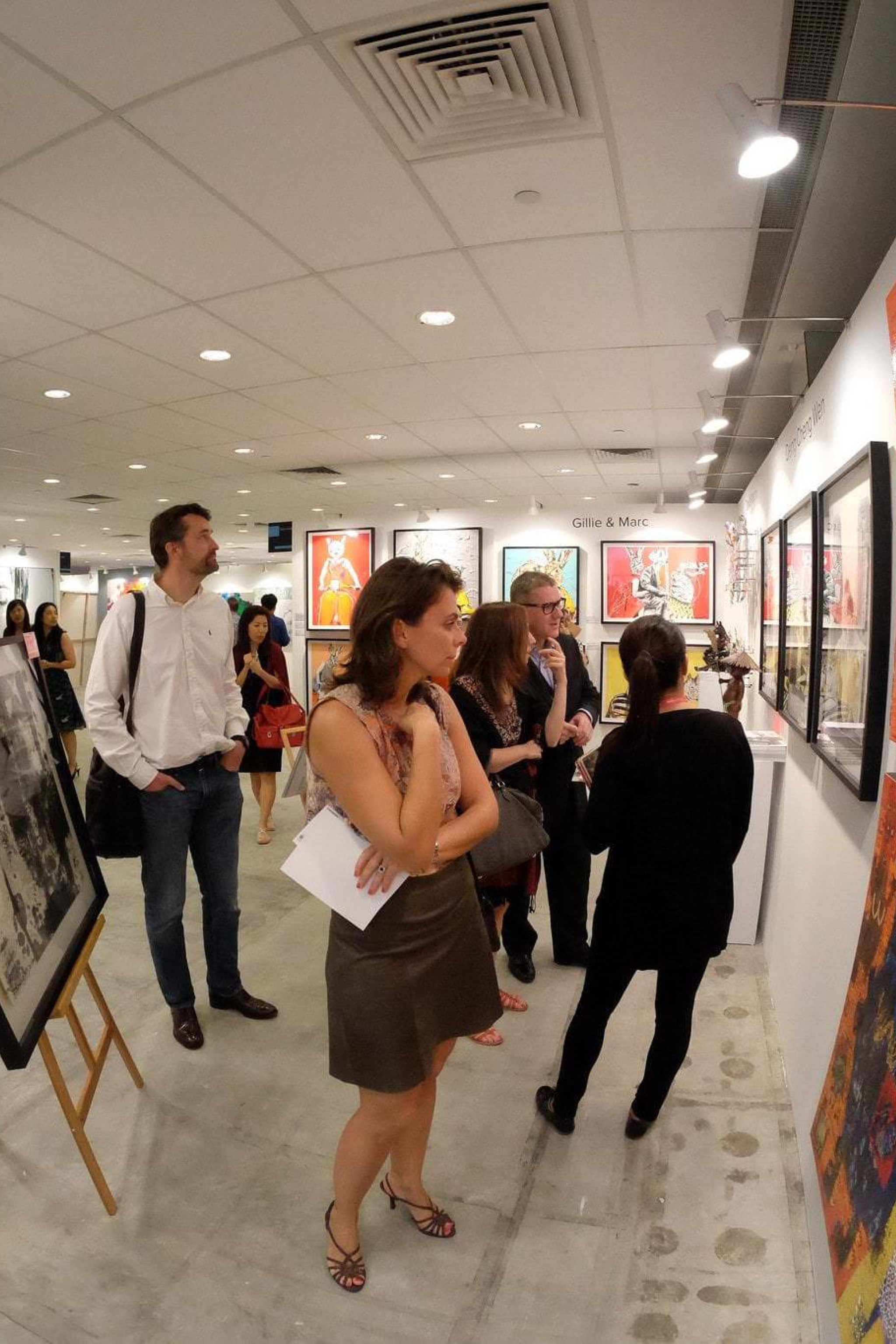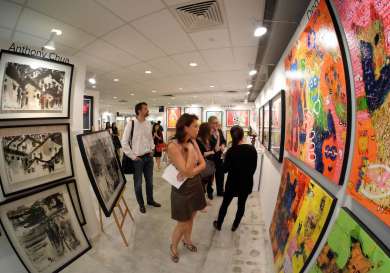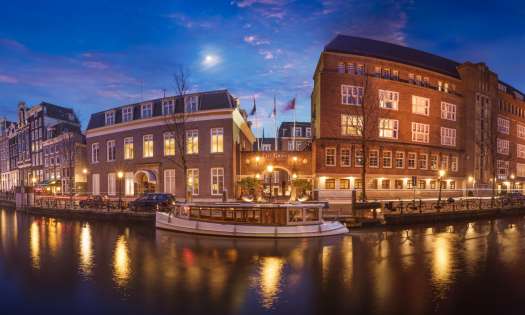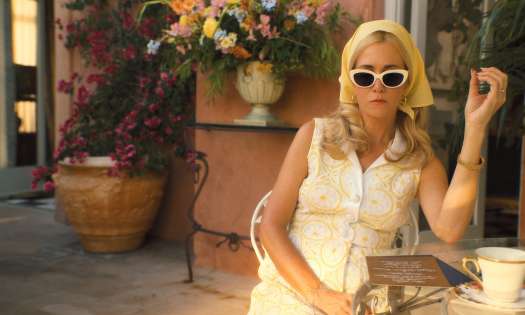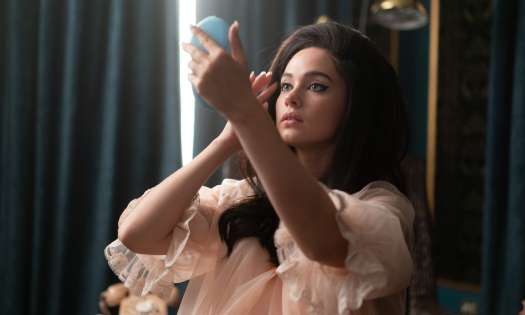Art funds can offer that, combining 'defensive' pieces by established artists with some rising stars and a few emerging faces. A balanced portfolio might look like this: 50% spread across Old Masters, such as Botticelli and Raphael, combined with an Impressionist, perhaps a Monet, and a 20th century name like Modigliani; 25% allocated to post-war or Modern greats, such as Liechtenstein, Bacon, Dalí; and the remaining 25% in high-risk categories, such as emerging Latin or Indian art and British contemporary.
That is a good way of managing risk, but art funds are not liquid and tend to have a long lock-in period. With minimum unit sizes normally upwards of $250k it can also be difficult for new art investors to join. And short-term investors should be aware that even the ‘blue chip’ names can have a bad patch – last year, there was a 68% drop in the auction sales volume of Andy Warhol paintings, a 50% fall in Picassos, and falls of more than 60% in Modigliani and Francis Bacon.
Meanwhile, betting too heavily on an emerging artist is as risky as backing a promising start-up. Several graffiti artists have attempted to move on to gallery work – Banksy managed to do it and one of his drawings from ten or 15 years ago, which was then worth a paltry £2,500, can now reach 100 times that amount, but thousands more like him have disappeared without trace.
‘The building blocks of the art market depend fundamentally on quality and trust,’ concludes the European Fine Art Foundation report. ‘Key to this are maintaining reputation and credibility to ensure longevity, stability and resilience’.
But for investors, two of the fundamental problems in the market are a lack of transparency and a lack of liquidity. Now, a new art investment platform is promising a unique solution by creating an online marketplace where owners, collectors and investors can meet without intermediaries to trade in real time. It is taking the idea of art funds, where art pieces are evaluated in financial terms, to a new level by giving investors the opportunity to have fractional ownership in artworks.
Maecenas will use blockchain technology to tokenise and digitally allocate single pieces, or portfolios, to several co-investors who can trade with other parties through an art exchange. While the owner retains 51% of the piece’s value, the remaining 49% can be traded, transforming the dynamics of the market and bringing much greater granularity to art investing. Prices will be market driven and faster digital transactions will create more data points than ever before, allowing investors to monitor the evolution of pieces in a way that has never been possible.
This will democratise the fine art market, creating a secure, open global platform. Blockchain technology has been used to bring greater transparency to the provenance of artworks; last spring, at the ICT summit in Luxembourg, Deloitte Touche unveiled its ArtTracktive proof of concept, which provides a distributed ledger for tracking the provenance and whereabouts of fine art works. But this is the first time blockchain is being used to make art investment an easier, more transparent proposition. Lowering the barriers to entry will widen access to the market.
At the Affordable Art Fair in London, works by more than 1000 artists are on display, ranging in price from £100-£6000. Getting investors involved at the bottom end of the market is important, but creating the first real-time trading market for fine art is a more ambitious vision, opening up all sectors of the market and allowing anyone to own a share of a masterpiece.
That could be a catalyst for change in a market that has remained largely unaltered for 300 years. Just about every sector you care to mention has been disrupted by technology – now it’s time for art investors to reap the benefits.
